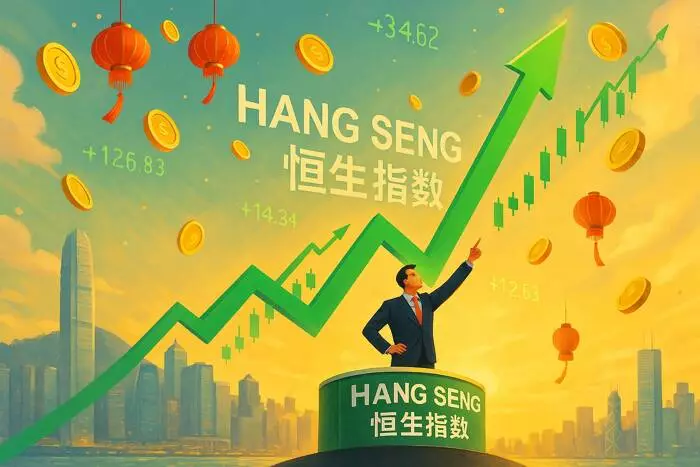The equity markets in Mainland China witnessed a downward trend in a shortened week filled with anticipation around trade developments. The CSI 300 and Shanghai Composite Index experienced declines of 0.43% and 0.49%, respectively. This reaction can largely be attributed to a pause in trading due to market closures on Thursday and Friday, which limited responses to emerging and potentially positive trade signals. Despite the promising international trade climate, market participants appeared cautious, perhaps weighing past experiences of volatility.
Gold and Commodities: The Impact of Risk Sentiment
Simultaneously, the commodity markets felt the ripple effects of shifting risk sentiment, particularly in gold, where prices fell by 2.38% to settle at $3,240. For many investors, gold represents a safe-haven asset, and as risk aversion lessened, the shine of gold dulled. This movement indicates a broader trend in which investor confidence might be recovering or at least stabilizing, moving capital towards risk-forward assets. Crude oil was not left untouched; it plunged by 7.68% to $57.925 due to fresh fears surrounding OPEC+ potentially increasing output, indicating a surplus in supply amid a generally uncertain demand landscape. The ongoing concerns over iron ore prices, which slipped 0.21%, reflect a similar underlying caution regarding global demand trends.
Aussie Stocks Surge Amid Positive Indicators
Contrarily, the Australian market painted a brighter picture as the ASX 200 advanced sharply, extending its winning streak to three weeks with a notable gain of 3.39%. This surge was largely bolstered by a de-escalation in the ongoing trade tensions between the US and China, coupled with softer inflation numbers out of Australia that fueled investor enthusiasm for Aussie stocks. Noteworthy contributors to this rally included the Technology and Banking sectors; the S&P/ASX All Technology Index jumped by an impressive 5.54%. Heavyweights like ANZ and the Commonwealth Bank of Australia marked significant gains, demonstrating sector resilience even amidst global market fluctuations. However, not all stocks rode the wave of positivity, as Northern Star Resources (NST) faced an 8.01% plunge attributable to weaker gold prices and disappointing production metrics.
Japanese Markets React to Central Bank Strategies
The Nikkei Index also showcased optimistic growth, climbing 4.08%, driven largely by a repositioning of the Bank of Japan’s monetary policy stance from a hawkish viewpoint to a more tempered approach. This pivot comes against a backdrop of ongoing tariff anxieties and a depreciating Yen, elements that typically spur a considerable uptick in demand for Japanese goods. The USD/JPY pair’s rise by 0.92% highlights a crucial moment for investors as a weaker Yen enhances the competitiveness of Japanese exports. Major corporate players like Softbank Group, Nissan Motor Corp., and Sony Corp. registered gains, reflecting broader market optimism.
Vigilance in Market Navigation
As we navigate this complex and multifaceted market landscape, it becomes essential for investors to remain vigilant. Future developments are closely tied to central bank strategies, particularly Beijing’s stimulus policy and upcoming economic data releases from China and Japan. Key indicators such as China’s trade data and the Fed’s interest rate decisions will shape the landscape in the weeks to come. With fluctuating global sentiments driving market responses, maintaining a current understanding of trade relations and policy shifts is paramount for informed investment strategies.

